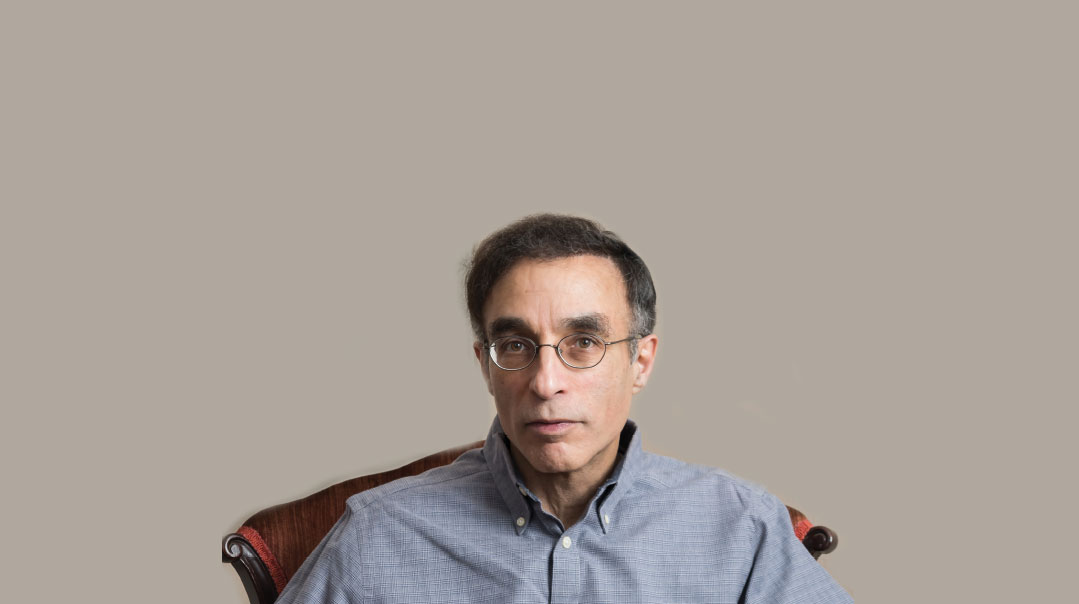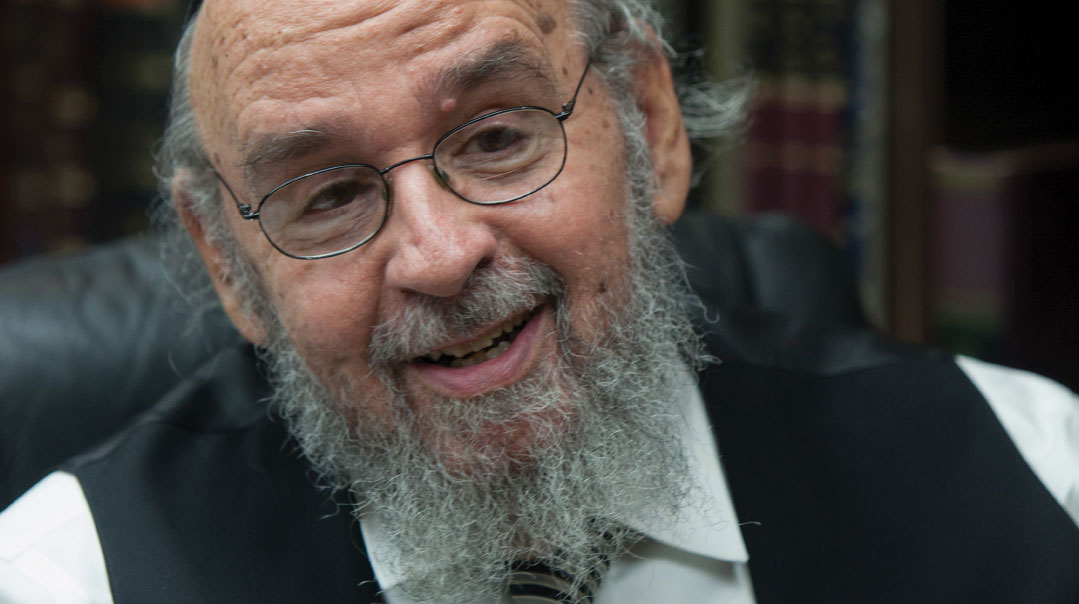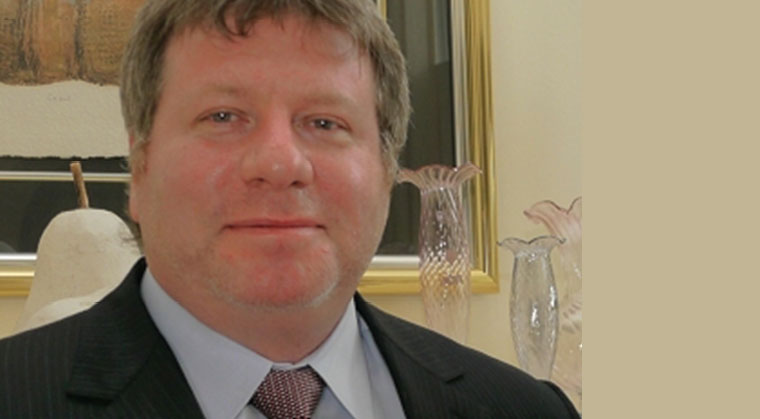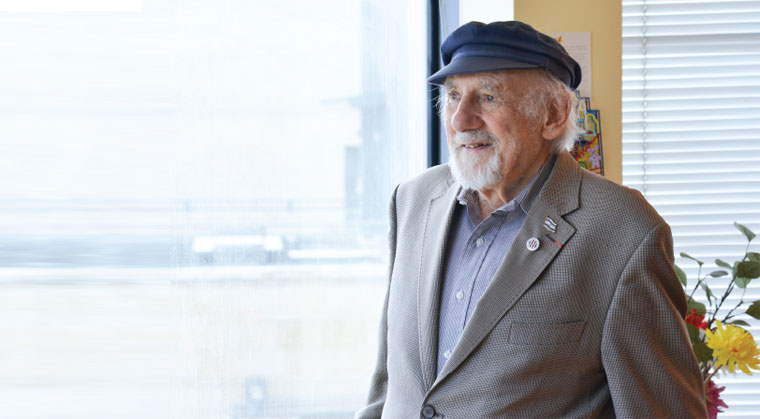Catching Up with Rabbi Avraham Tanzer
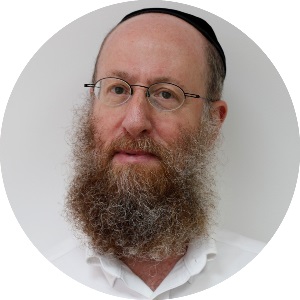
I’m only here because my wife said let’s go. I grew up in Williamsburg and learned at Telz. People from Williamsburg and Telz don’t do Africa
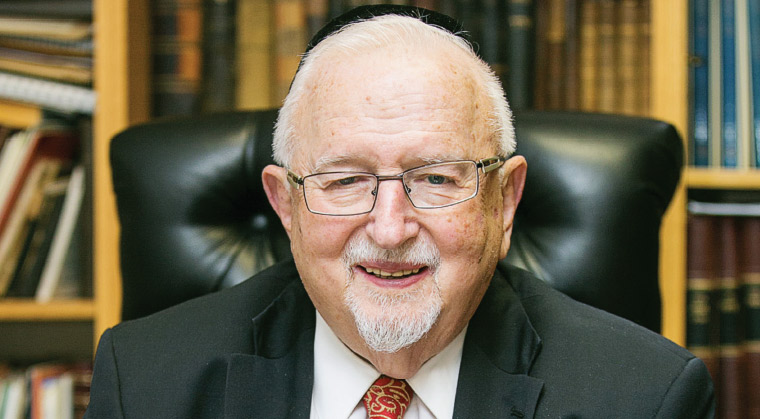
Flashback
Notable among Rabbi Avraham Tanzer’s endearing traits is how he generously shares the credit for a lifetime of accomplishments, retaining just a mere morsel for himself.
That’s one secret of his longevity.
Rabbi Tanzer just marked his 55th year as rosh yeshivah of the Yeshiva College of South Africa in Johannesburg. It wasn’t a stress-free decision to leave kollel life at Cleveland’s Telshe Yeshivah with his wife and three young children — although the Tanzers originally thought this was to be a two-year stint. In 1963, Johannesburg’s Orthodox community was tiny, and the yeshivah, founded in 1953, was South Africa’s only Jewish religious school.
“I’m only here because my wife said let’s go,” Rabbi Tanzer said last week, when we caught up by telephone. “I grew up in Williamsburg and learned at Telz. People from Williamsburg and Telz don’t do Africa.”
I first met Rabbi Tanzer a few weeks before Rosh Hashanah in 2009, when I was one of several writers Mishpacha dispatched to faraway lands. The magazine was preparing a special Succos supplement on kehillos that had stood the test of time, transforming parched spiritual deserts into thriving Jewish oases.
My week in Johannesburg exposed me to myriad facets of a unique community, a paradigm of achdus and derech eretz that would make any Jewish community envious. This, despite all the obvious drawbacks, including relative geographic isolation at the southern tip of the Dark Continent and chronic political and economic turbulence in the transition from a white-minority apartheid government to black-majority rule. Law and order had broken down, and carjackings and house burglaries were the lesser evils in a land whose murder rate zoomed to eight times the world’s average.
At the end of my 2009 article (Follow the Leaders supplement, Mishpacha #278, “Opening Doors with an Open Heart”), I asked Rabbi Tanzer what he thought the future held for him and his community.
“I want to continue seeing the yeshivah grow into a stronger makom Torah,” he said. “I also want it to continue to be a place where those who matriculate will be able to thrive as committed Jews in the larger world.”
Progress Report
Rabbi Tanzer has met his primary goals.
The Yeshiva College (college means high school in South Africa) is a conglomeration of educational institutions from playschool through kollel. Enrollment from playschool through high school is more than 1,000, a 15% increase since my visit.
The growth is measurable in quality, not just quantity.
Between 60% and 80% of each high school graduating class goes to Israel to learn for at least a year. The Yeshiva College added an early morning and evening mesivta program, above and beyond the normal high school schedule.
“We have 178 boys in the high school and 65% of them are part of the mesivta,” Rabbi Tanzer said proudly. “It’s very popular. It’s not just for yechidim.”
A new kollel includes a special program of afternoon and evening sessions for some 40 university students, and there is a new midrashah for women. The kollel also offers 20 shiurim a week to the community, along with daily Daf Yomi and Dirshu Shulchan Aruch programs.
The Shabbos shul Rabbi Tanzer founded, the Glenhazel Area Hebrew Congregation, now has some 750 member families. However, the yeshivah campus boasts seven functioning Shabbos minyanim, each with its own following and run by its own rabbi. These are friendly spin-offs that Rabbi Tanzer nurtured over the years, fortified with the self-confidence that lighting other candles from his own flame would kindle new fires of Torah, and not diminish his own warmth.
The Difference 50 Years Makes
Rabbi Tanzer was just 27 years old when he brought his family to South Africa. He accepted the offer to serve as rosh yeshivah after consulting the most important figures in his life: his wife; his own rosh yeshivah, Rav Chaim Mordechai (Mottel) Katz; and the Ponevezher Rav, Rav Yosef Shlomo Kahaneman ztz”l, whose fundraising trips often brought him to South Africa.
Back then the yeshivah, founded by Rav Yechiel Michel Kossowsky ztz”l, was struggling with just 50 high school students, and no preschool or elementary school to serve as a feeder.
Orthodox Jewish life in Johannesburg wasn’t faring much better. The shul Rabbi Tanzer attended had a parking lot. He recalls that on one Shabbos, when Israeli Knesset member Rabbi Menachem Porush was making one of his frequent visits, he was stopped on the way to shul by five different people in their cars, asking, “Rabbi, can I give you a lift?”
“The Ponevezher Rav used to say there is no chillul Shabbos in South Africa — only bittul Shabbos, because most people don’t even know what Shabbos is,” Rabbi Tanzer said.
Not easily deterred, Rabbi Tanzer consulted with both the Ponevezher Rav and Rabbi Meir Bar-Ilan, the son of the Netziv, also a frequent visitor to South Africa for the Mizrachi movement.
“Both gave the same sage advice,” Rabbi Tanzer said. “Build a community around the youth and start an elementary school yeshivah. But there was no market or any natural constituency.”
Rabbi Tanzer approached local elementary school principals, asking them for lists of their Jewish parents. He would call the parents and try to recruit their kids. Rabbi Porush would assist when he was in town. “Most of the people here were Zionists, so when he would introduce himself as a member of the Israeli parliament, that’s all they had to hear, and they would agree to see him.”
The going was steady, but slow. Unlike other Western countries that benefited from an influx of Orthodox Holocaust survivors, especially chassidic rebbes and their courts, South Africa was left behind.
“The apartheid government didn’t want to water down their culture, so they didn’t let them in,” Rabbi Tanzer said. “Some filtered in through Rhodesia, but the whole baal teshuvah movement here is homegrown. It’s a miracle.”
Today, some 80% of South Africa’s estimated 75,000 Jews are Orthodox or affiliated with Orthodox synagogues, while some 85% of all Jewish children learn in range of Jewish schools, from day school to yeshivish.
“It goes without saying all this is not about me,” Rabbi Tanzer said. “No one person does anything unless the Ribbono shel Olam wants it to happen, and then usually it takes many people to make it happen. That’s what happened here.”
CrimeTrends Down
One morning during my 2009 visit, I walked alone from the home of my hosts, Allan and Linda Zulberg, to the local kosher coffee shop up the block. What seemed routine to me was horrifying to the locals, who insisted I had put my life at risk by walking outside alone, even in broad daylight. After I interviewed Rabbi Tanzer in his office, he insisted we drive to his house, just around the corner. His driver looked like a fellow who knew how to take care of himself, and others, in the process.
What’s it like on the streets today?
“It’s less dangerous than it was,” Rabbi Tanzer said. “On Shabbos there are hundreds of Jews walking on the streets.”
He credits this mainly to the Community Active Protection patrols launched at the initiative of South Africa’s Chief Rabbi Dr. Warren Goldstein in 2006. The program claims to have reduced “contact crimes” by 80% to 90%.
“There are still robberies, but we haven’t had a loss of life in a long time, thank G-d,” Rabbi Tanzer said.
Half-Century Mark
In 2013, the kehillah honored the Tanzers’ 50 years of service by establishing a capital fund to finance tuition relief.
“We don’t turn anyone away from yeshivah because they can’t afford to pay,” Rabbi Tanzer said.
In advance of Rabbi Tanzer’s 83rd birthday, which he will celebrate over Succos, the community organized a 24-hour crowdfunding event that raised 7 million rand ($500,000) for the tuition fund in the Tanzers’ honor.
Brooklyn has ears
Rebbetzin Marcia Tanzer commemorated the family’s 50th anniversary in South Africa in 2013 by publishing her memoirs, The Call of Africa Is Heard in Brooklyn, tracing their personal encounters and experiences with people and ideas on four continents: Europe, North America, Africa, and Israel (Asia).
“We weren’t trying to write a best-seller,” Rabbi Tanzer said. “My wife loves to write and we wanted our children and grandchildren to know more about us than we knew about our grandparents. The kids love the book.”
So do others.
“I was at a funeral this week for a member of our community who passed away at 95 years old,” Rabbi Tanzer said. “He unfortunately had dementia at the end of his life, but I heard that he spent much of his last years getting enjoyment out of reading and re-reading this book.”
(Originally featured in Mishpacha, Issue 726)
Oops! We could not locate your form.

